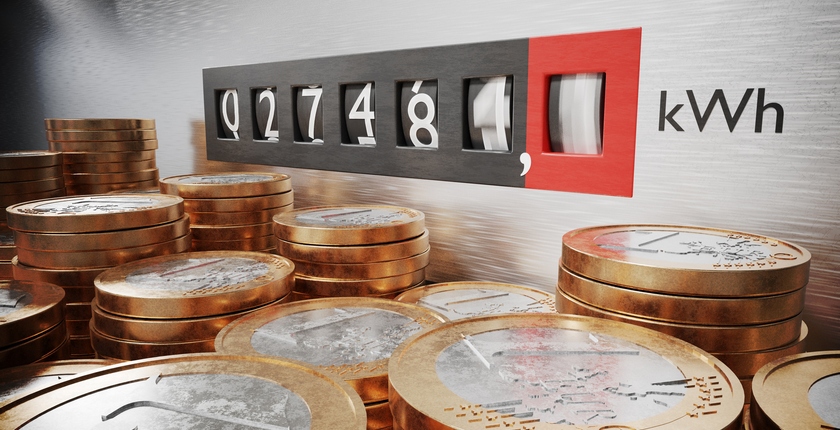
Photo: iStock
Electricity price hikes could be expected in Slovenia by the end of the third quarter, when power retailers’ long-term contracts are due to expire and new ones will need to be signed.
Slovenia hasn’t been affected by high electricity prices despite the energy crisis and the war in Ukraine, CEO of transmission system operator ELES Aleksander Mervar has told Slovenia’s Radio Slovenija.
Mervar said that domestic retailers bought electricity in time, in advance, and their average price is EUR 55 per MWh. Prices on power exchanges today are averaging between EUR 120 and EUR 200 per MWh.
Retailers bought electricity in advance, and their average price is EUR 55 per MWh
These contracts, however, expire in the third quarter of the year, according to him.
According to Mervar, a household with a monthly bill of EUR 100 at the moment would have to pay EUR 350-400 in 2023. However, if production prices in domestic power plants are taken into account, then the price for households, not businesses, could be lower.
Speaking on projections, the end of the war in Ukraine, in his words, would lead to lower prices, and that could happen in 2024. Mervar sees long-term sustainable prices at EUR 100 to EUR 110 per MWh.
New nuclear power plants would dictate prices in the future
New renewable power plants are expected to be connected to the grid in large numbers, while new nuclear facilities would be marginal power plants, but would dictate prices, said Mervar.
He also said the public is mistaken that energy companies in Slovenia, such as HSE and GEN, are making enormous profits due to the high prices on the market. These companies have sold electricity at very low prices, Mervar added.
He believes that funds for subsidies to help households and industry cannot be obtained in the energy sector.


















Be the first one to comment on this article.